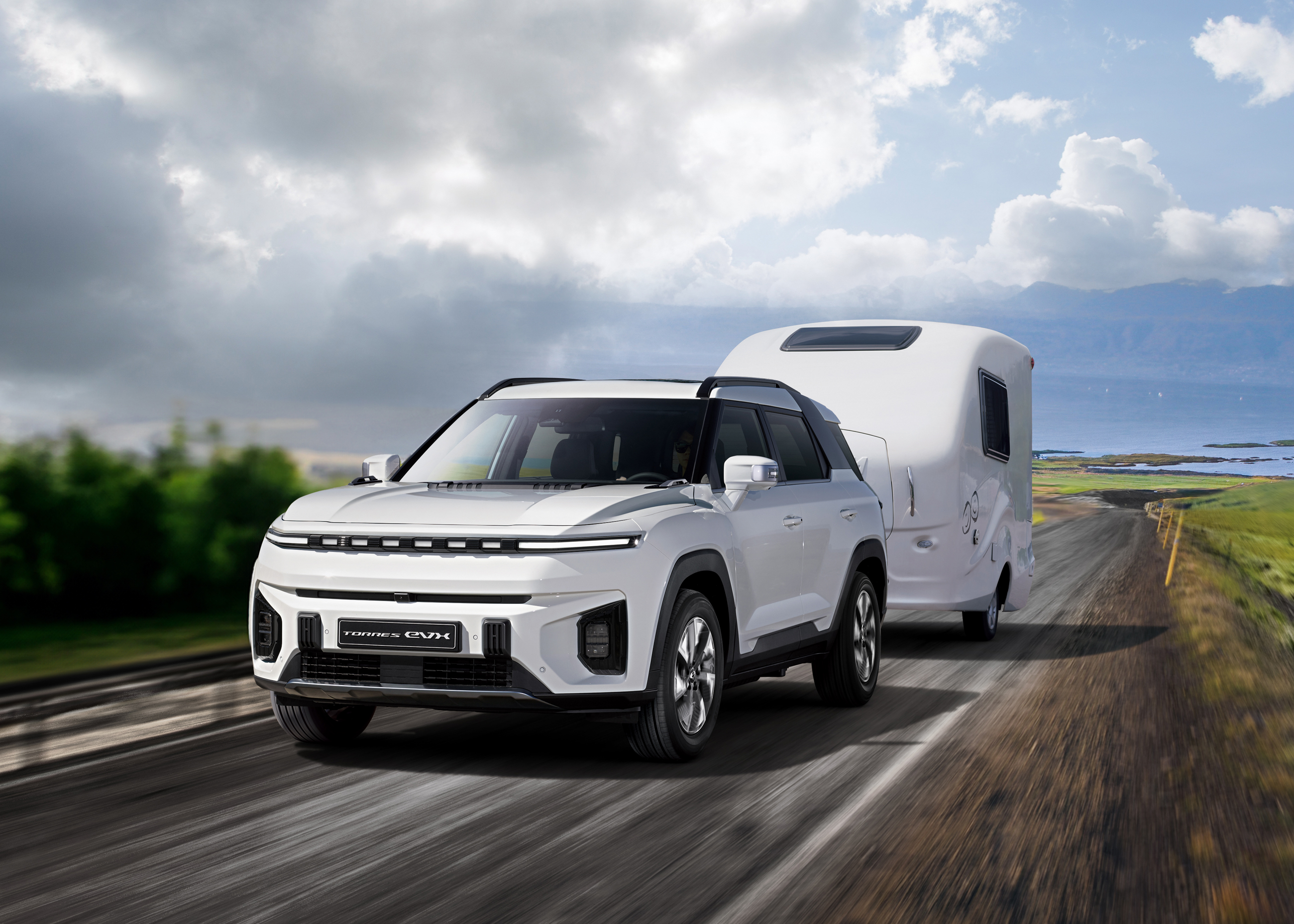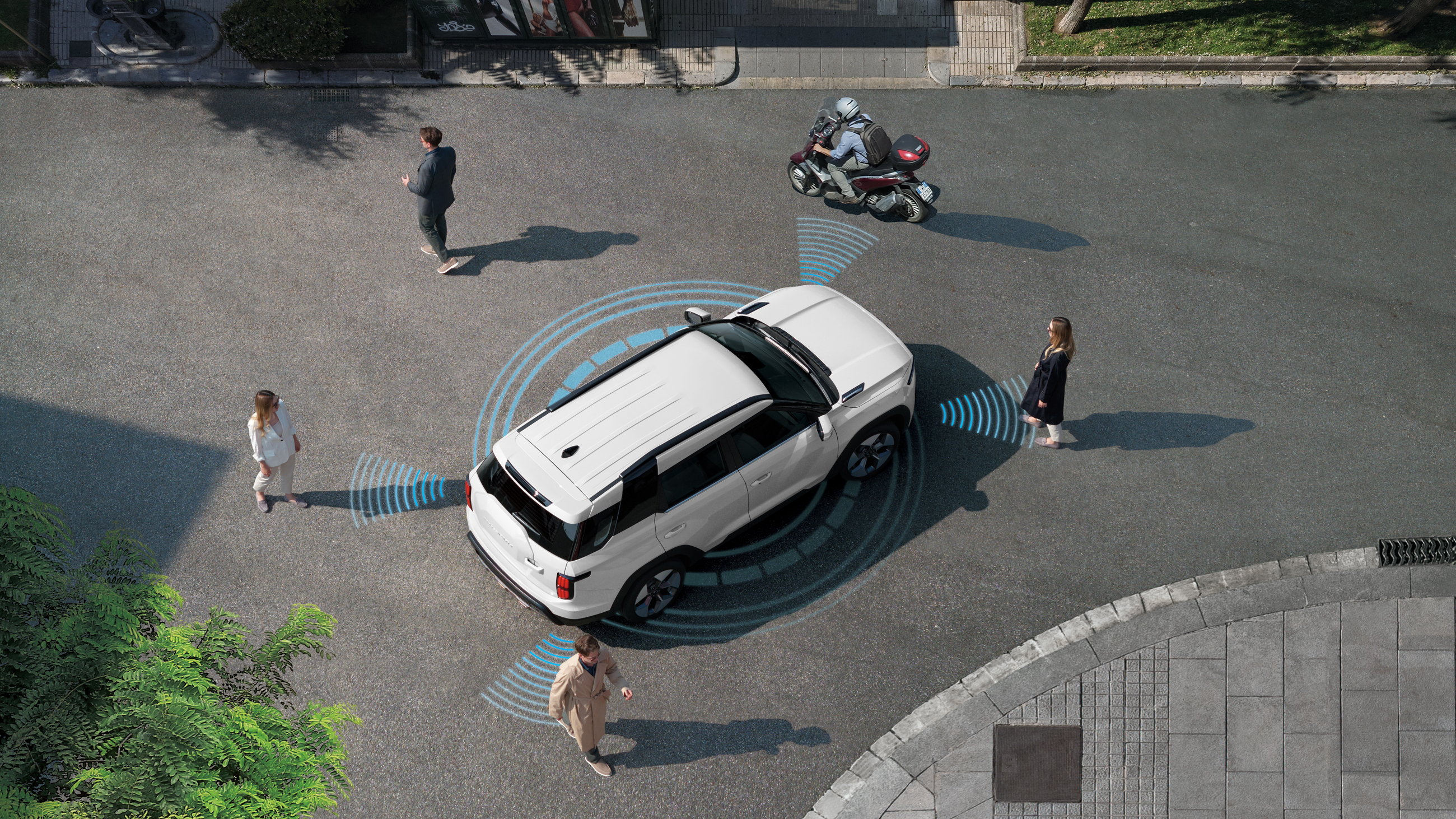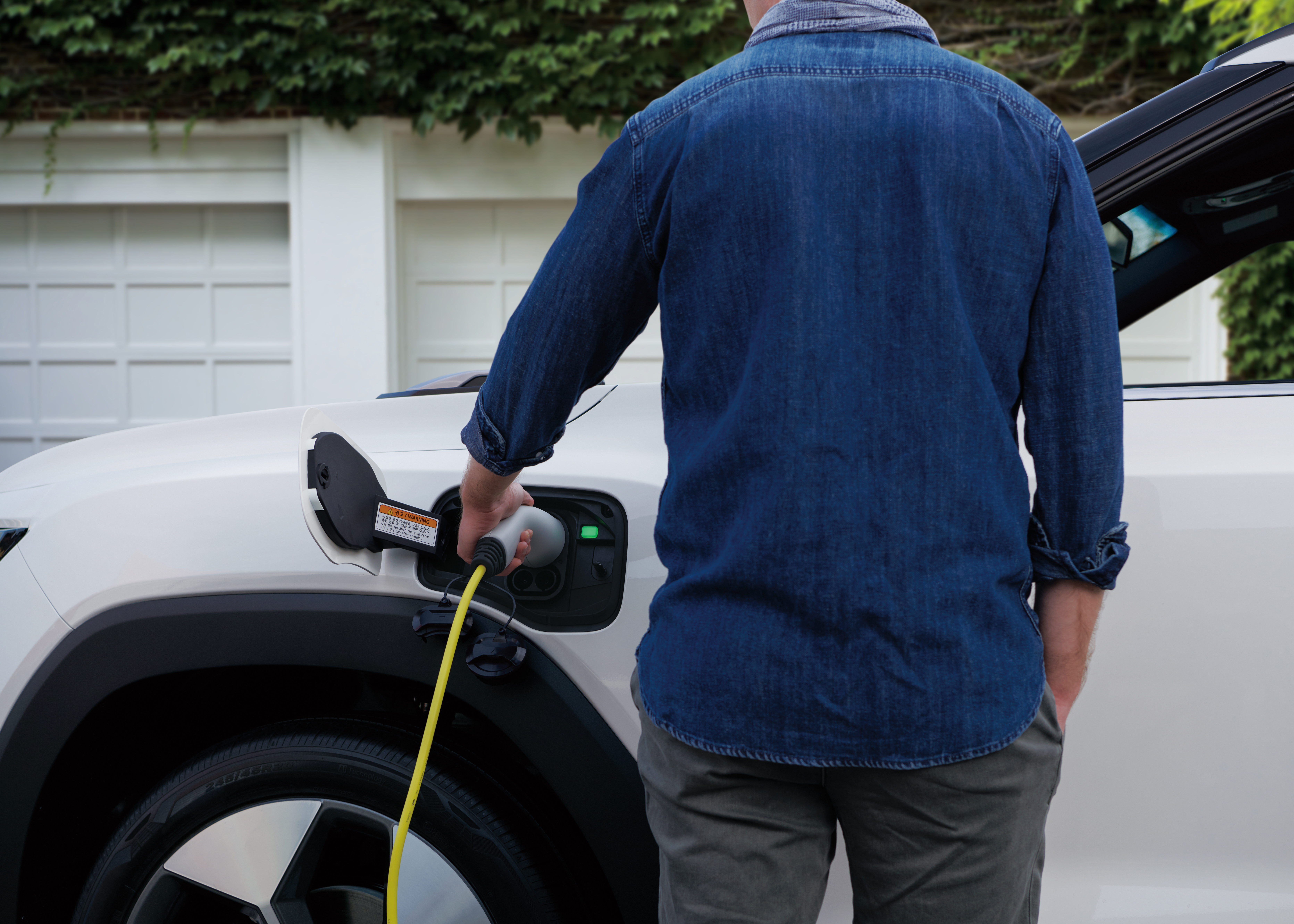
Electric Cars
Electric cars represent a new era of sustainable driving. The latest KGM models are powered by advanced electric motors and high-capacity batteries that deliver impressive range and performance. KGM electric cars feature rapid charging capabilities, increasing flexibility and minimising journey time.
Torres EVX
Medium-Size Electric SUV
The Torres EVX is a bold and versatile electric vehicle (EV) designed for those seeking a combination of technology, sustainability, and rugged capability. With its electric drivetrain, the Torres EVX delivers strong performance and a quiet cabin, making for effortless cruising and relaxing journeys. Inside, drivers and passengers will enjoy a host of advanced features, including a high-definition infotainment system, digital driver display, and an array of safety technologies such as lane-keeping assist, adaptive cruise control, and automated emergency braking. With its striking exterior design, complete with muscular lines and a commanding presence, the Torres EVX SUV makes a statement on the road while contributing to a more sustainable future.










Image /

